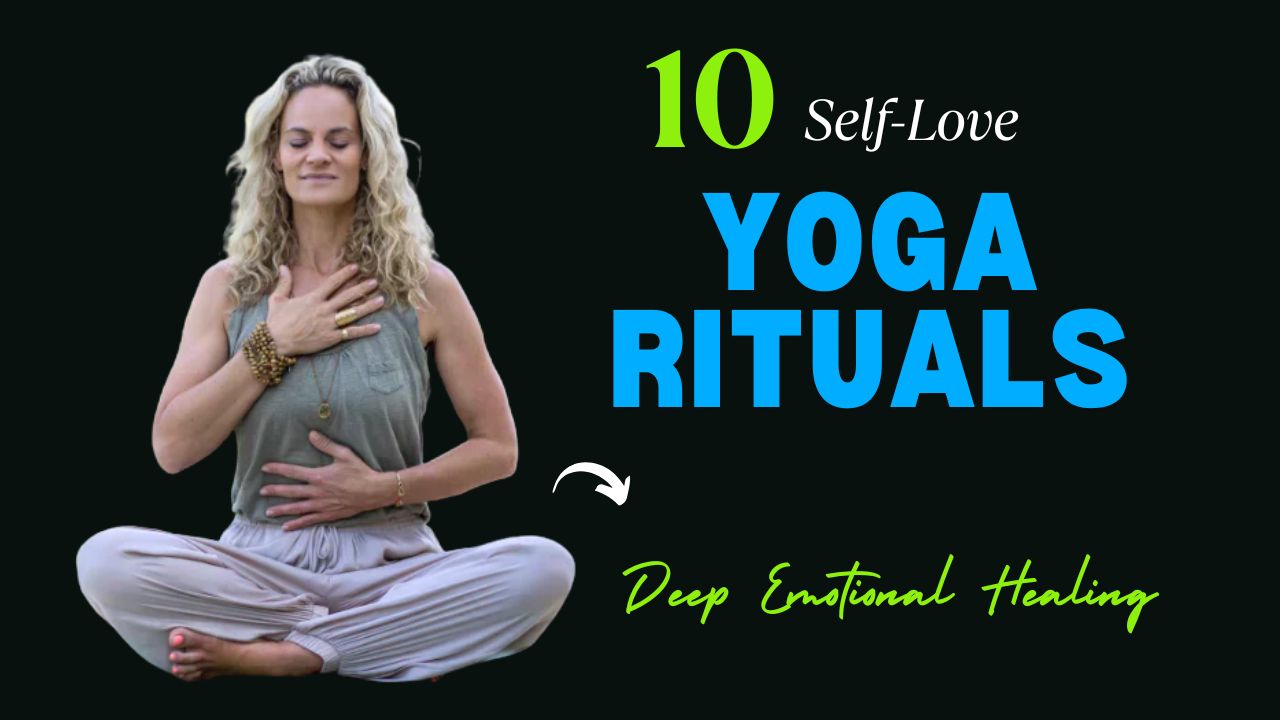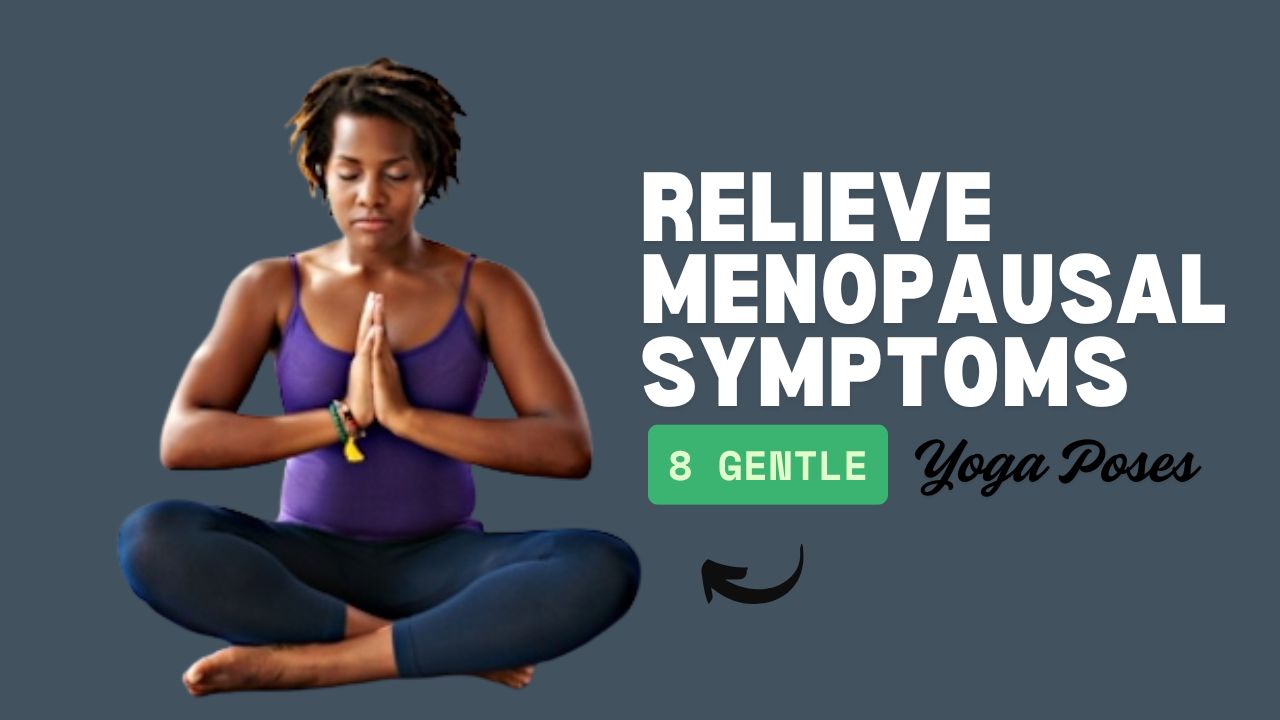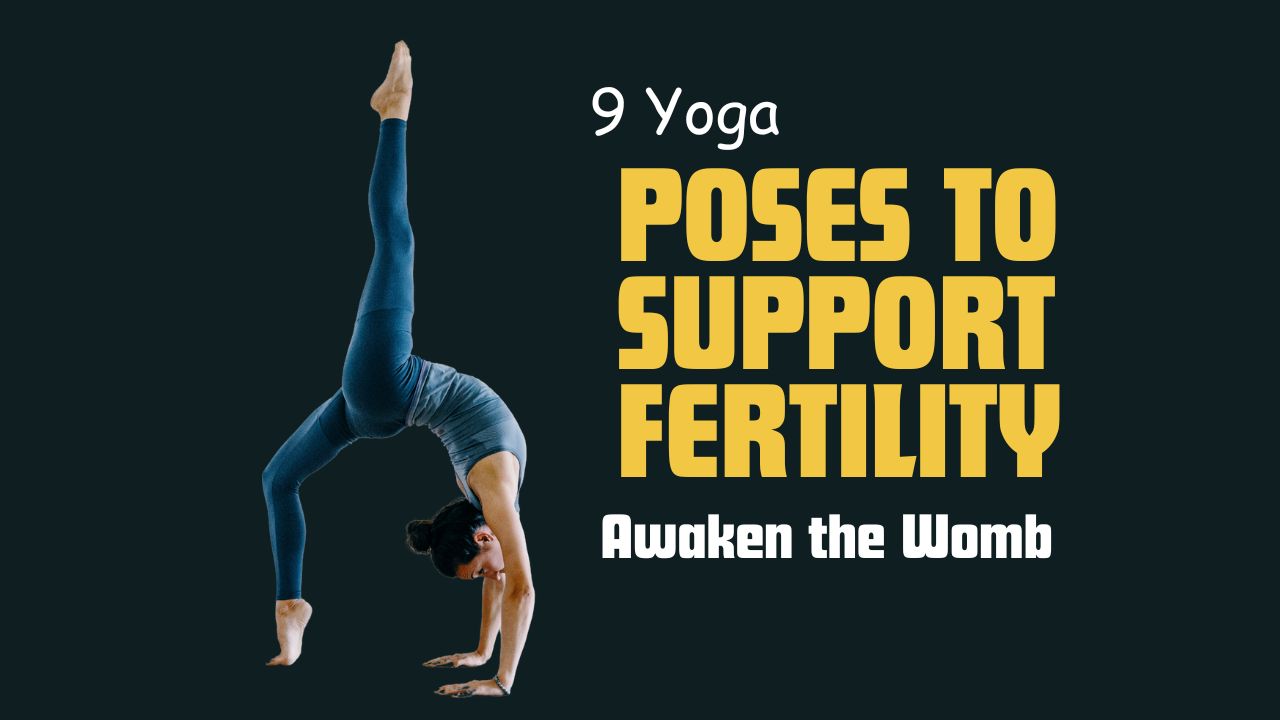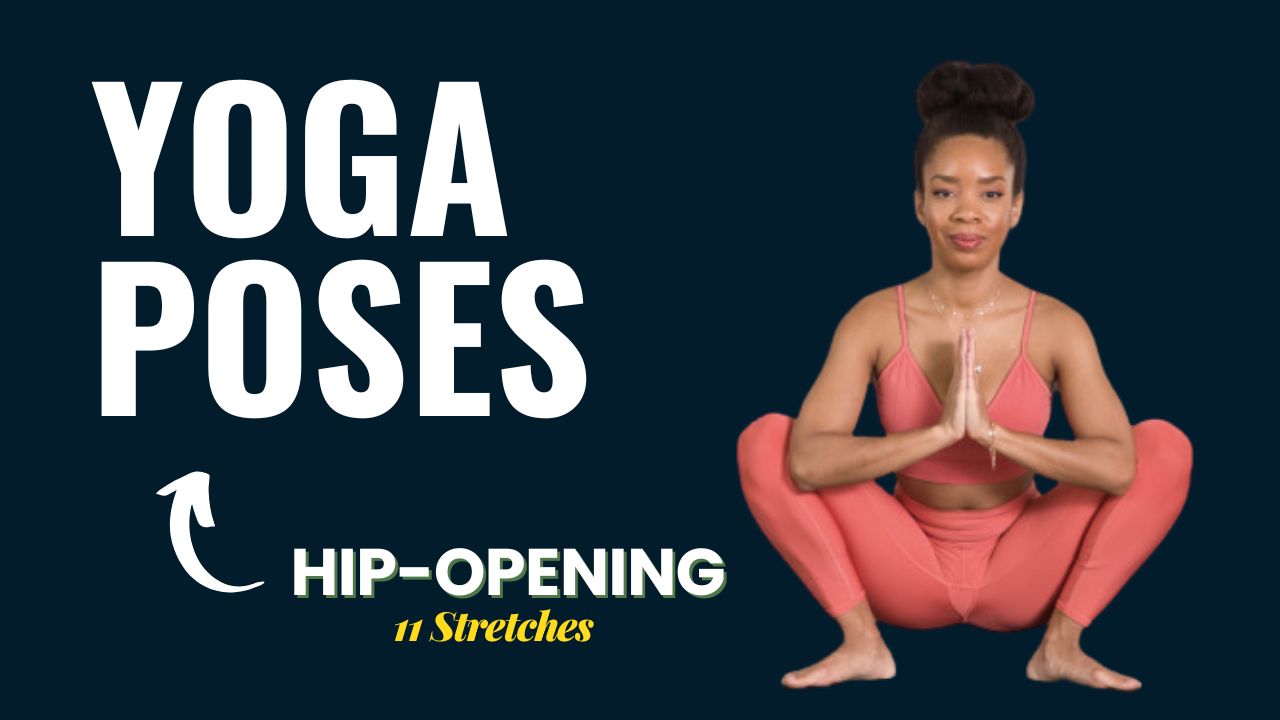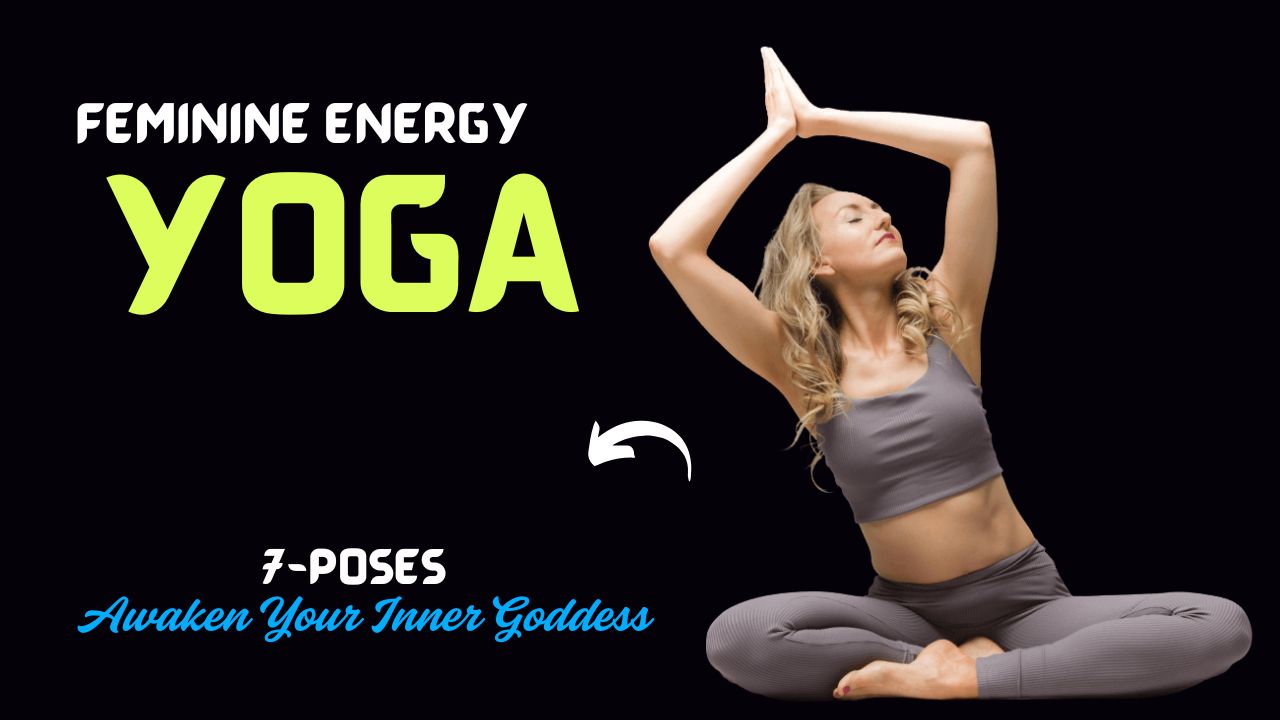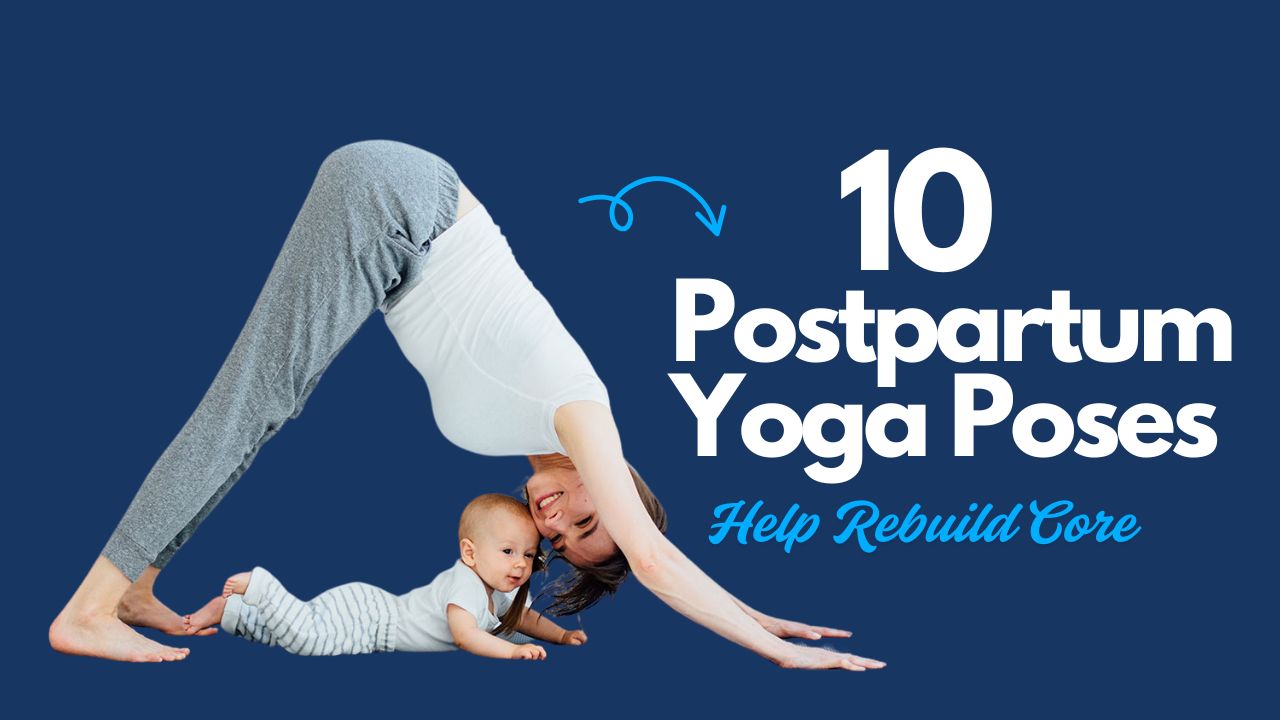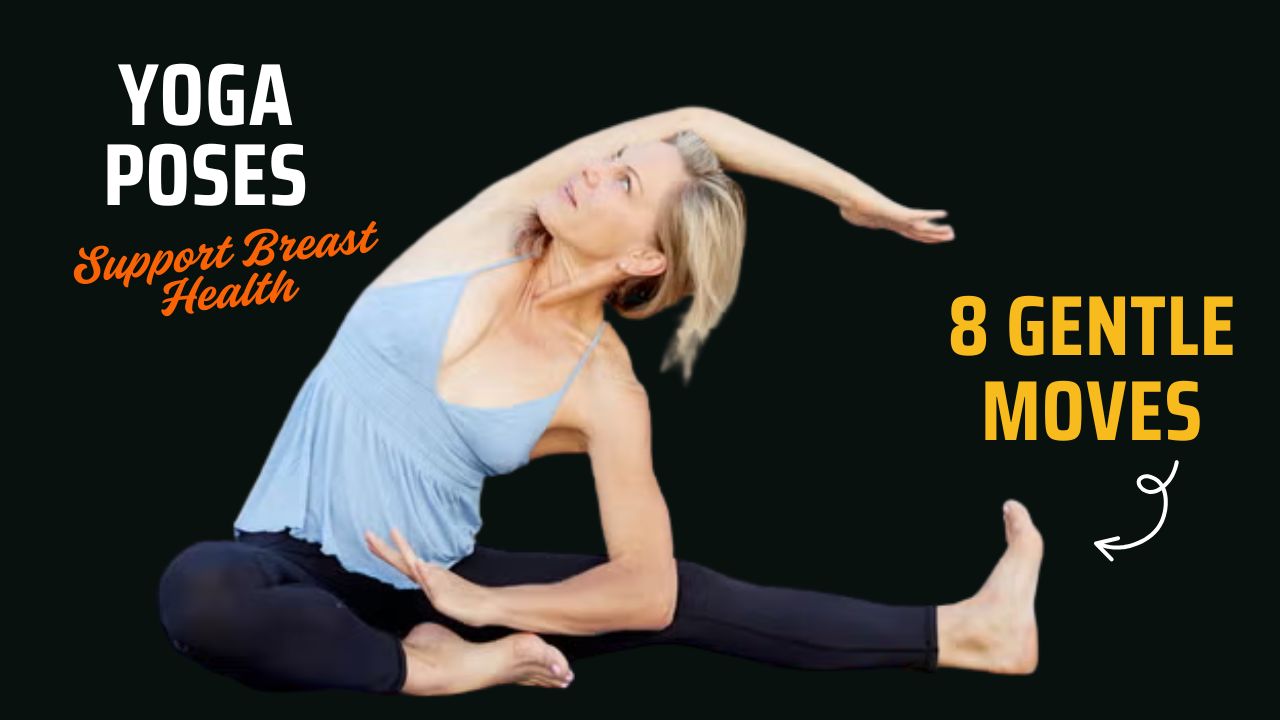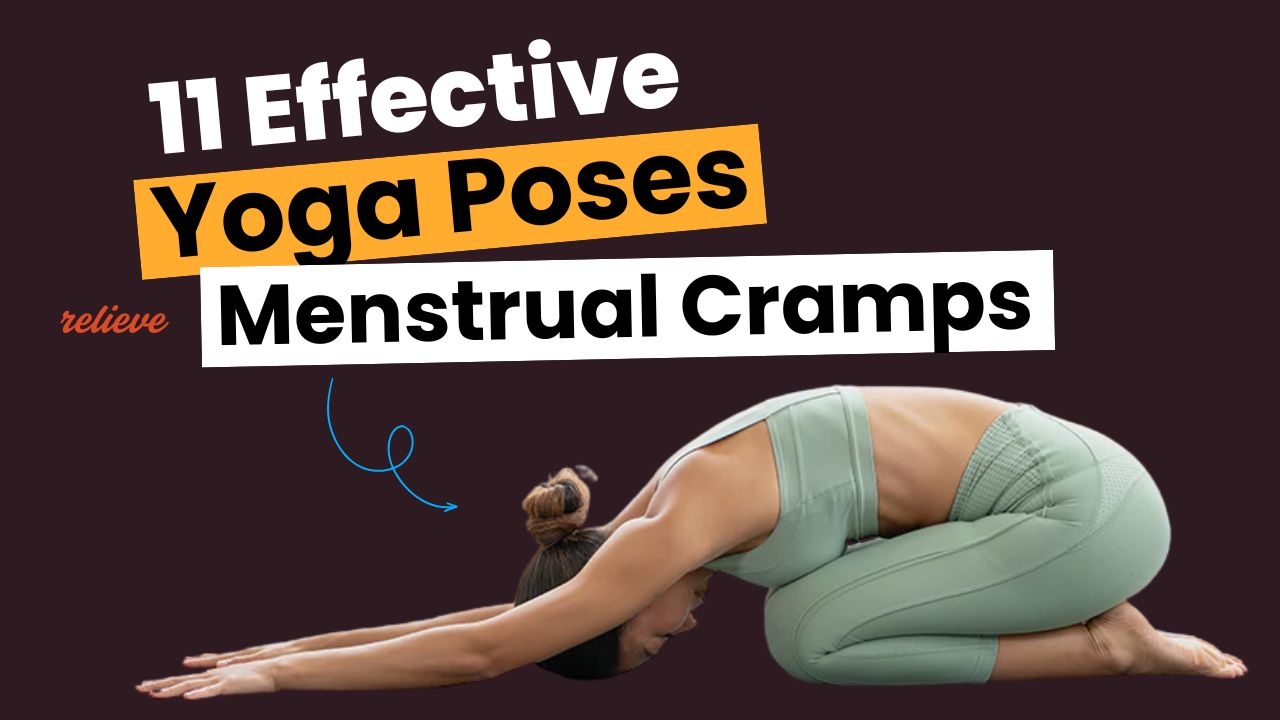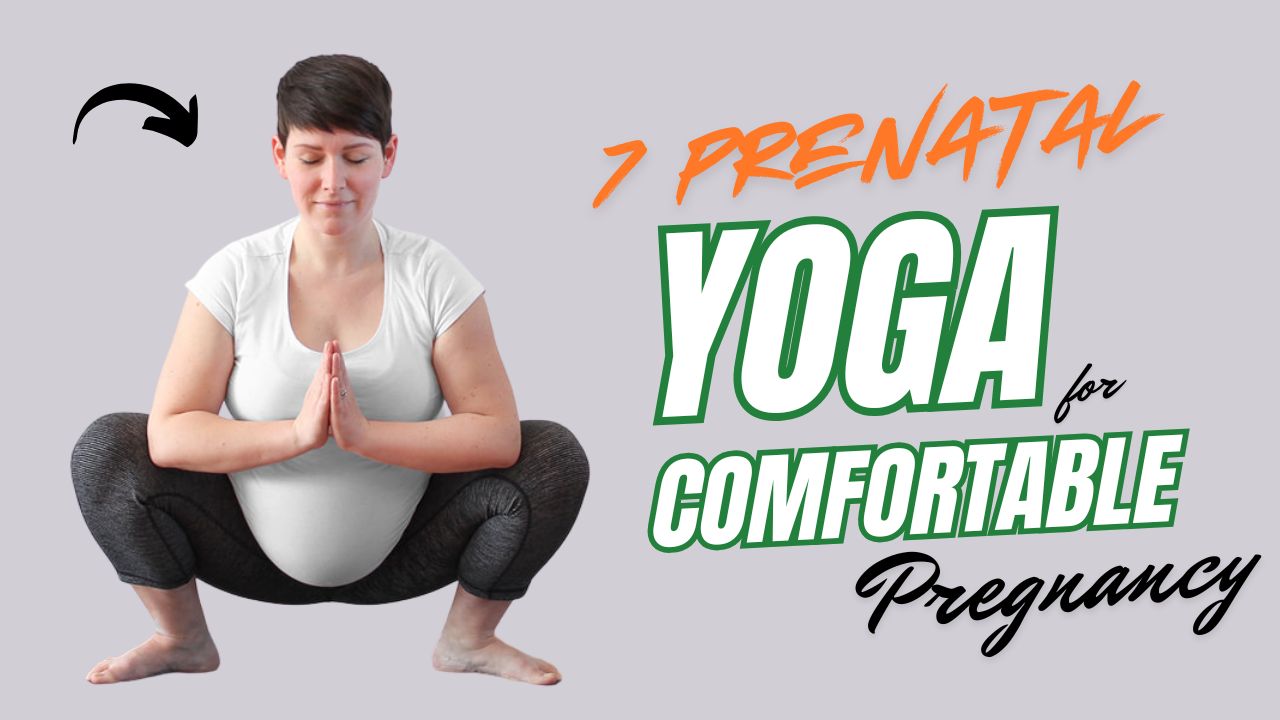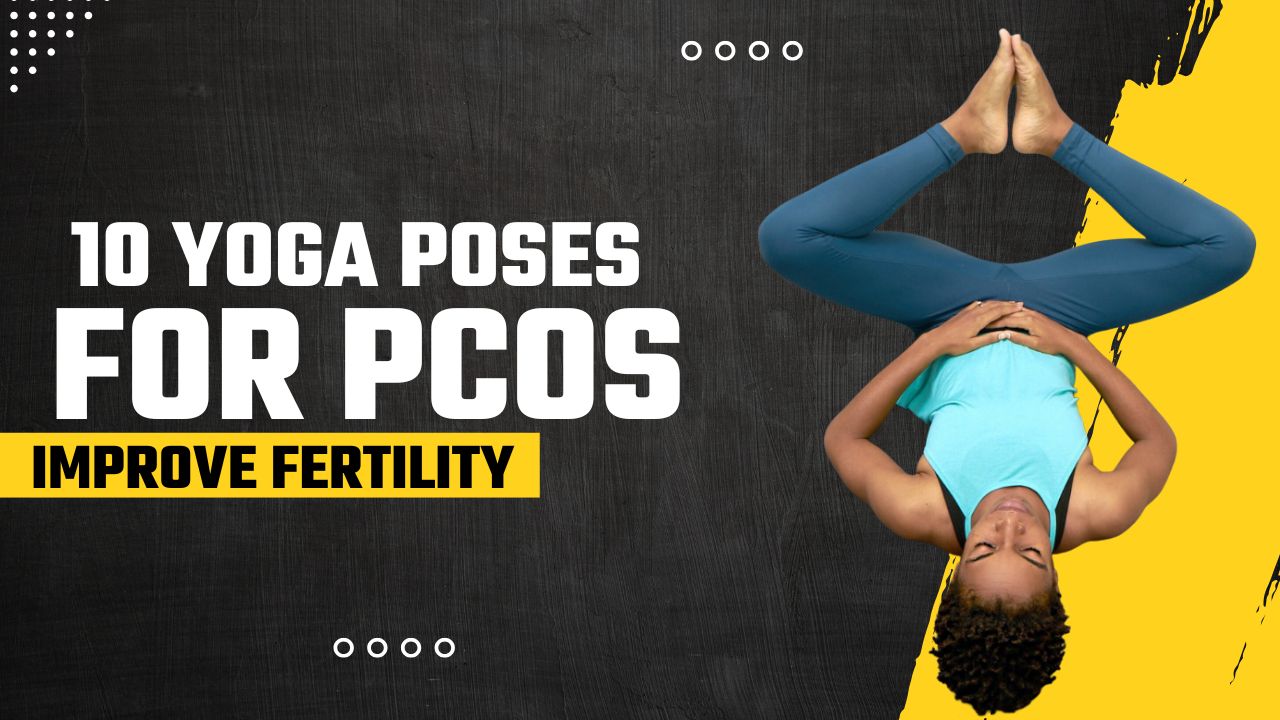Do you know that your abdominal muscles don’t just stretch during pregnancy — they often separate?
This condition, known as diastasis recti, affects many new mothers and makes core recovery more than just a matter of crunches or planks.
The postpartum period is a time of healing, and one of the most effective — yet gentle — ways to rebuild your core is through yoga.
Postpartum yoga not only helps re-engage and strengthen your abdominal muscles, but it also supports pelvic floor recovery, improves posture, relieves back pain, and nurtures emotional well-being.
Whether you’ve had a vaginal birth or a C-section, yoga can be a safe, supportive bridge to regaining core stability when done correctly.
Below, you’ll find 10 carefully selected postpartum yoga poses with “how to do” guidance, purposefully aimed at rebuilding your core in a safe and effective way.
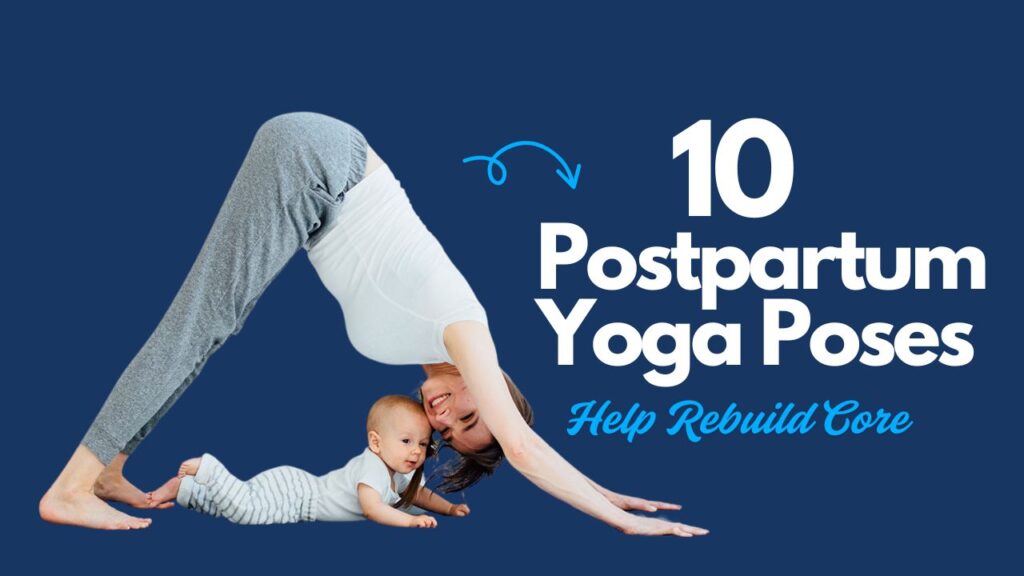
Table of Contents
What Can Happen After 30 Days of Practicing Postpartum Yoga
| Positive Changes | Explanation |
|---|---|
| Improved Core Awareness | You’ll begin to feel more connected to your deep abdominal muscles |
| Reduced Lower Back Discomfort | Gentle strengthening and posture work help ease common postpartum back pain |
| Better Posture and Alignment | Daily yoga promotes upright posture and spinal balance |
| Enhanced Pelvic Floor Strength | Breath-based and core-focused poses help activate and tone the pelvic floor |
| More Energy and Mental Clarity | Mindful movement and breathing reduce fatigue and support emotional well-being |
| Increased Body Confidence | As strength and stability return, so does your confidence in your postpartum body |
| Reduced Feelings of Stress or Anxiety | Yoga’s calming effects support hormonal balance and stress reduction |
| Gentle Return to Daily Physical Activities | Stronger core support allows safer lifting, bending, and carrying during motherhood |
Postpartum Yoga: Do’s and Don’ts
| Do | Don’t |
|---|---|
| Get clearance from your doctor before starting any yoga practice | Don’t rush into intense workouts or core exercises too soon |
| Start with gentle, breath-based movements to reconnect with your core | Don’t perform traditional crunches or sit-ups in early recovery |
| Focus on engaging your pelvic floor and deep core muscles mindfully | Don’t ignore signs of pain, pelvic pressure, or abdominal bulging |
| Use props like pillows or bolsters for support and comfort | Don’t hold your breath while performing poses — keep breathing steady |
| Practice consistency over intensity — short sessions add up | Don’t compare your recovery timeline with others |
| Prioritize restorative poses to aid healing and reduce stress | Don’t perform twisting or backbending poses until fully healed |
| Listen to your body and modify poses as needed | Don’t attempt advanced or unsupported poses in the first few weeks |
| Stay hydrated and allow time for rest and sleep | Don’t overlook the importance of recovery and postpartum fatigue |
10 Postpartum Yoga Poses To Rebuild Core
1. Pelvic Tilts (on the floor)
Why: Helps reactivate deep abdominal muscles and improves pelvic alignment.
How to do it:
- Lie on your back with knees bent and feet flat on the floor, hip-width apart.
- Inhale, relax your body.
- As you exhale, gently tilt your pelvis upward, pressing the lower back into the floor.
- Hold for 3-5 seconds and release.
- Repeat 10-15 times.
Tip: Keep the movement subtle and avoid lifting your hips.
2. Cat-Cow Pose (Marjaryasana-Bitilasana)
Why: Improves spinal mobility, reawakens core muscles, and supports back recovery.
How to do it:
- Begin on your hands and knees in a tabletop position.
- Inhale: drop the belly, lift the tailbone and chest (Cow).
- Exhale: round the spine, tucking chin to chest and pelvis under (Cat).
- Move slowly and repeat for 1–2 minutes.
Myth Buster: Many assume core work starts only with crunches — but gentle spinal movement like Cat-Cow is the foundational beginning of deeper core engagement postpartum.
3. Bridge Pose (Setu Bandhasana)
Why: Engages glutes and hamstrings, supports lower back, and strengthens the transverse abdominis.
How to do it:
- Lie on your back with knees bent, feet hip-width apart.
- Inhale, press your feet into the mat.
- Exhale, lift your hips slowly while drawing your navel inward.
- Hold for 10–15 seconds, then lower slowly.
- Repeat 5–8 times.
Caution: Avoid if you feel pressure in your pelvic floor or pain in your lower back.
4. Bird-Dog Pose
Why: Builds core stability and enhances coordination of limbs with core activation.
How to do it:
- Start in tabletop.
- Inhale, extend your right arm forward and left leg back.
- Exhale, gently draw elbow and knee toward each other under the body.
- Repeat 5–8 times on each side.
Interesting Fact: This pose activates the same deep core muscles used for lifting, carrying, and even breastfeeding postures.
5. Dead Bug (Modified Yogic Variation)
Why: Enhances core control and prevents unnecessary spinal movement.
How to do it:
- Lie on your back, knees bent 90 degrees above your hips, arms reaching to the ceiling.
- Exhale, lower one arm and opposite leg slowly.
- Inhale, return to starting position.
- Switch sides and repeat 6–10 reps per side.
Tip: Keep the lower back pressed gently to the mat.
6. Knees to Chest Pose (Apanasana)
Why: Relieves tension in the lower back and gently stimulates core muscles.
How to do it:
- Lie flat and bring both knees into your chest.
- Hug them gently with your arms.
- Rock slightly side to side for a gentle massage.
- Hold for 30 seconds to 1 minute.
Bonus: Also helps with digestion and gas relief — two common postpartum issues.
7. Leg Slides
Why: Teaches the core to stay stable while the limbs move — crucial for postpartum control.
How to do it:
- Lie on your back, knees bent.
- Inhale, slide your right leg out slowly, keeping it just above the floor.
- Exhale, bring it back in.
- Repeat on the left side.
- Do 8–10 reps per side.
Tip: Engage your lower belly muscles to keep your pelvis still.
8. Supported Reclined Bound Angle Pose (Supta Baddha Konasana)
Why: While passive, this pose supports deep relaxation, breath work, and core engagement through breath.
How to do it:
- Lie back on a bolster or pillows.
- Bring the soles of your feet together, knees out to the sides.
- Place hands on your belly and chest.
- Breathe deeply for 3–5 minutes.
Do You Know? Conscious diaphragmatic breathing can help re-engage the core and pelvic floor from within.
9. Forearm Side Plank (Modified)
Why: Targets the obliques, helps correct posture, and stabilizes the spine.
How to do it:
- Lie on your side with knees bent.
- Prop up on your forearm, lift hips off the floor.
- Engage your core and hold for 10–20 seconds.
- Repeat on the other side.
Note: Start with bent knees for support. As strength builds, extend legs for more intensity.
10. Savasana with Belly Breathing
Why: Supports full-body recovery, activates the deep core through gentle breathing.
How to do it:
- Lie flat on your back with knees bent or straight.
- Place one hand on your chest, one on your belly.
- Inhale deeply into the belly, allowing it to rise.
- Exhale slowly, feeling the belly drop.
- Continue for 5–10 minutes.
Interesting Insight: Breathwork in yoga is not just calming — it’s a proven method to activate the parasympathetic nervous system and regulate your core from the inside out.
Final Thoughts
Rebuilding your core after pregnancy is not a race — it’s a journey of reconnection. Each of these yoga poses helps gently restore your strength, breath, and awareness. With consistency and mindfulness, your body will not only recover but thrive.
Before starting, always check with your healthcare provider, especially if you’ve had complications or a C-section. Begin slowly, listen to your body, and celebrate every step toward your recovery.
Frequently Asked Questions (FAQs)
When can I start postpartum yoga after delivery?
It depends on your delivery type and healing process. Most women can start gentle yoga (like breathing and pelvic tilts) about 6 weeks postpartum, but always consult your healthcare provider first — especially if you had a C-section or complications.
Is it safe to do yoga if I have diastasis recti?
Yes, but you need to avoid deep core or crunch-style movements initially. The yoga poses listed in this post are selected to support healing diastasis recti by gently engaging the transverse abdominis without increasing abdominal pressure.
How often should I practice these postpartum yoga poses?
Aim for 3 to 5 times per week, depending on your energy levels and recovery progress. Even 10–15 minutes a day can support steady healing and core re-engagement.
Can postpartum yoga help reduce belly fat?
While yoga can help strengthen and tone your core, it’s not a spot-reduction method. However, when combined with healthy nutrition, walking, and rest, it contributes to a stronger and more toned abdomen over time.
Are these yoga poses suitable after a C-section?
Yes, but only after your doctor clears you for physical activity, usually after 6–8 weeks. Start with gentle poses like Pelvic Tilts, Cat-Cow, and Supported Reclined Bound Angle, avoiding anything that causes pain or strain near the incision.
What should I avoid during postpartum yoga?
Avoid deep twists, intense backbends, strong core exercises (like crunches, boat pose), and unsupported inversions in the early postpartum phase. Always listen to your body and stop if anything feels uncomfortable.
Do I need props for postpartum yoga?
Props like a bolster, yoga block, or pillow can enhance comfort and support. Especially for restorative poses, props can make the practice more relaxing and safer during recovery.
Will postpartum yoga help with back pain?
Yes, many poses in this list — like Cat-Cow, Bridge, and Bird-Dog — are designed to relieve lower back discomfort by improving posture and strengthening supporting muscles.
How do I know if I’m engaging my core correctly?
Focus on pulling your belly in and up gently toward your spine without holding your breath. You shouldn’t feel any pressure pushing outwards or down towards your pelvic floor. A physical therapist can help if you’re unsure.
Can I combine postpartum yoga with other workouts?
Yes, once you’ve built a strong foundation with yoga, you can slowly introduce low-impact cardio, strength training, or walking. Yoga is a great complementary practice for mobility, strength, and recovery.
